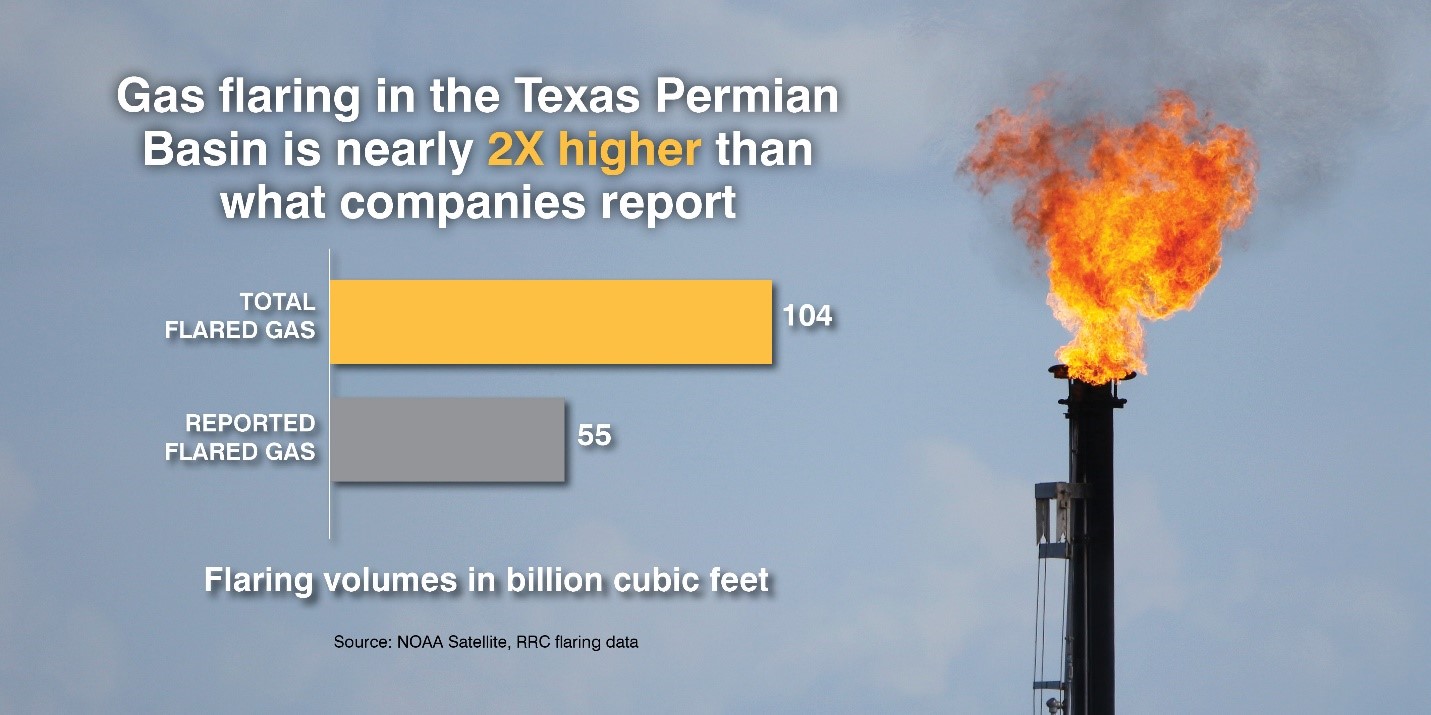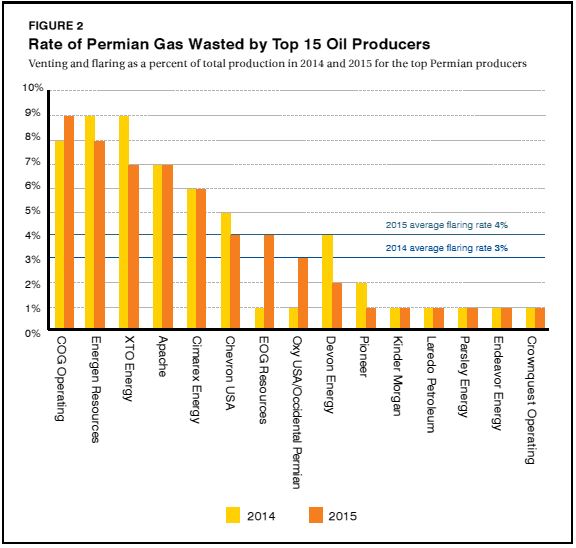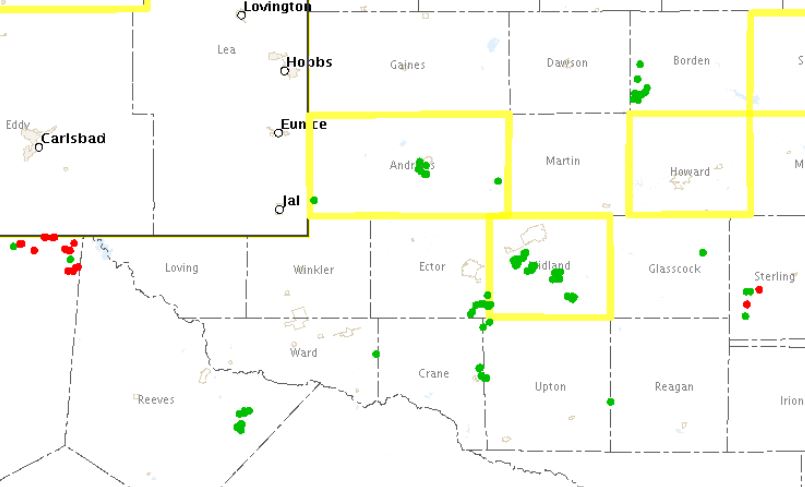In Bell v. Chesapeake Energy Corporation, No. 04-18-00129-CV, the San Antonio Court of Appeals heard a permissive accelerated appeal of an issue addressed by the trial court in a multi-district litigation brought by many royalty owners in the Eagle Ford against Chesapeake, In re: Chesapeake Eagle Ford Royalty Litigation, involving multiple claims against Chesapeake for breach of the plaintiffs’ oil and gas leases. The Court issued its opinion last week. The issue addressed by the Court was the interpretation of clauses in two oil and gas leases requiring the lessee to either drill and offset well or pay compensatory royalty.
The trial court in the multi-district litigation was asked to construe offset clauses in several oil and gas leases, among them the Bell and Ward leases. Those two leases contain similar clauses regarding protection against drainage by wells drilled on adjacent leases. I will quote the Bell lease here:
In the event a well (“Adjacent Well”) producing Oil or Gas in Paying Quantities is drilled and completed after the date of this Lease on land under which Lessor does not own the quantity of minerals or royalty as under the lands covered by this Lease, and such Adjacent Well is draining the Leased Premises or is deemed draining if the adjacent Well is located within three hundred thirty (330) feet of the Leased Premises, or, when Lessee has an economic interest in said Adjacent Well and said Adjacent Well is located within four hundred sixty seven (467) feet of the Leased Premises (in the case of a Vertical Well, distance will be measured from the surface location or bottom hole location of the Adjacent Well, whichever is closer; in the case of a Horizontal Well distance will be measured from the surface location or the subsurface path of a horizontal drainbore, from its point of entry into the productive horizon to its terminus, whichever is closer), then Lessee agrees to drill such offset wells which is[sic]reasonably designed to protect the Leased Premises from drainage, or at the option of Lessee, shall pay to Lessor the Compensatory Royalties set forth below, or execute and deliver to Lessor a release in recordable form releasing acreage in an amount equivalent to the number of acres required or permitted by the Texas Railroad Commission to drill an offset well to the formation of such Adjacent Well. Lessee shall have ninety (90) days from the date of first production of such Adjacent Well within which to Commence Actual Drilling Operations of an offset well or release offsetting acreage, and thereafter, Lessee’s sole obligation shall be to pay Compensatory Royalties as set forth herein. …
In lieu of Drilling an Offset well required hereunder or releasing acreage as provided above, then Lessee shall pay to Lessor as a Compensatory Royalty an amount equal to the Royalty Share of Gross Proceeds of production from the Adjacent Well. Continue reading →








